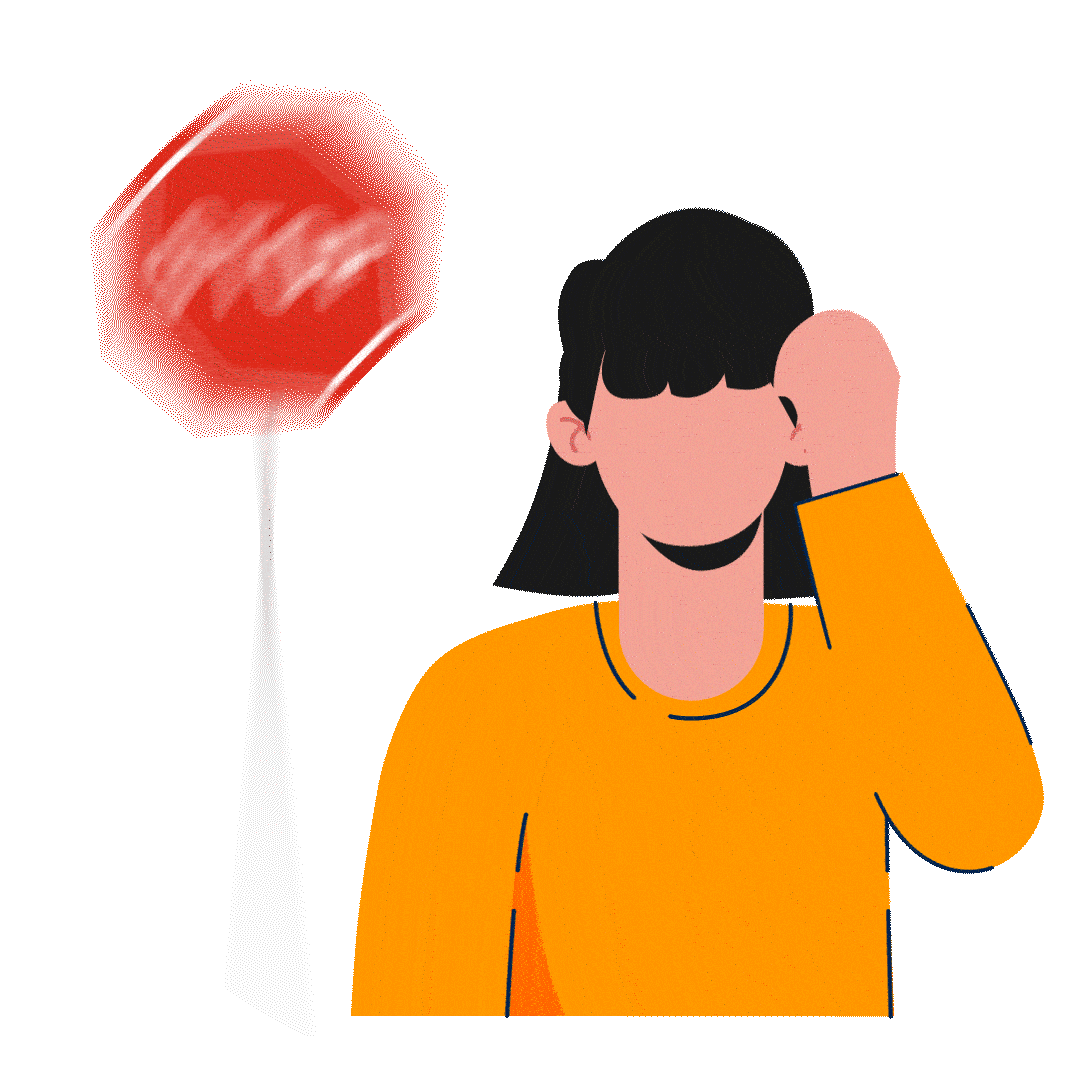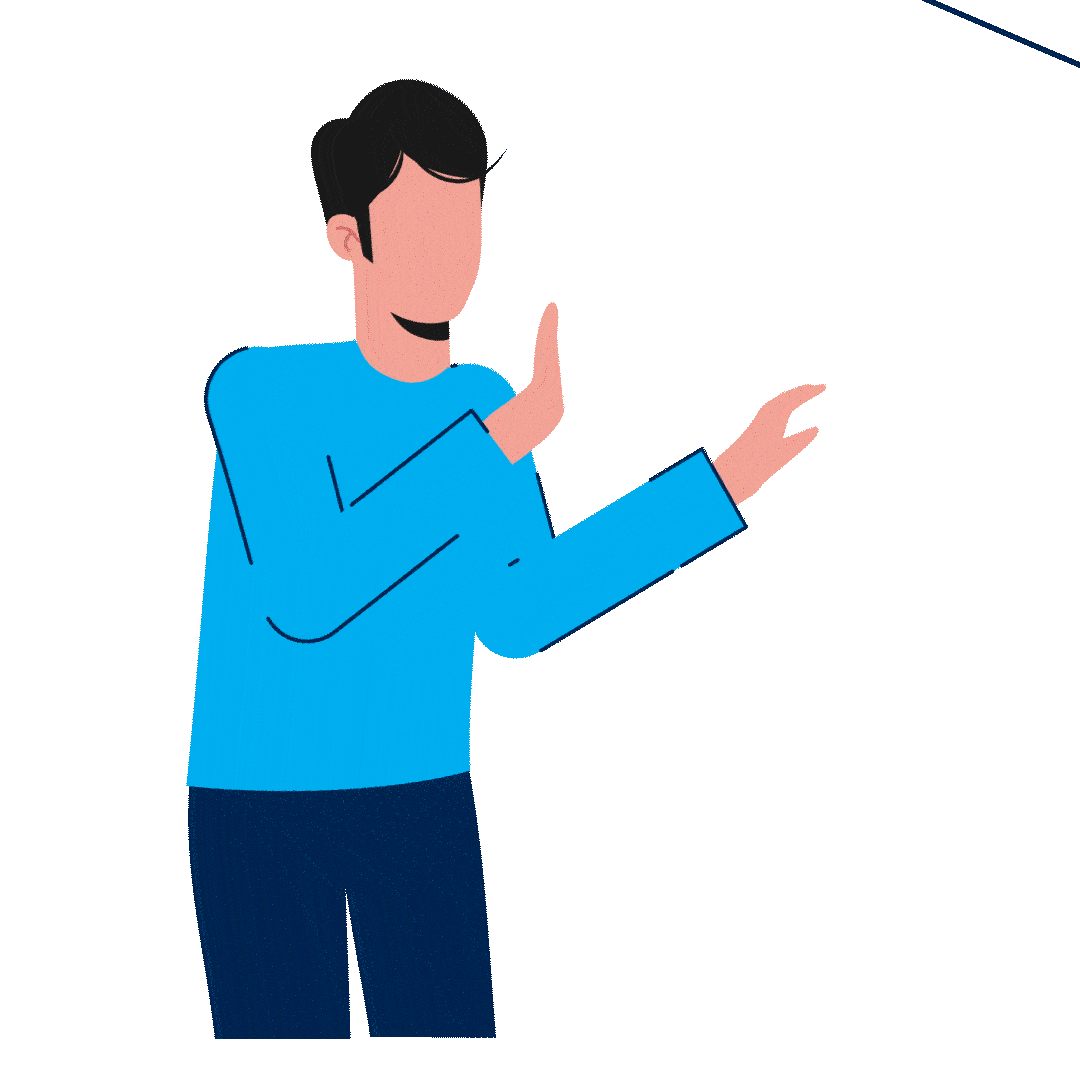Understanding Binocular Vision: Importance, Dysfunction, and Therapy

Binocular Vision in Humans
As with primates, the human visual field is overlapped because our system is designed to have both eyes working together. This is crucial for our attention to detail, depth perception and spatial awareness so we can navigate our environment smoothly and accurately.
Binocular Vision in Animals
There are many different styles of binocular systems across animals, with each one designed to meet specific needs. The position of the eyes on the head and their relationship to each other gives clues on how the visual system is used.
The lighter shades represent areas seen by one eye only, the darker area is seen by both eyes simultaneously.
The position of the eyes on a cow’s head and area they cover demonstrates that its visual system prioritizes wide views without as much depth information – a common trait in species where they need to scan for predators while grazing or sedentary. In this demonstration photo, of the 150 degrees each eye can see, only 60 is overlapping. Many cows actually have a larger peripheral than this!
Meanwhile, primates have eyes in the front of their head to maximize how much overlap there is between each individual eye. Of the 170 degrees each eye can see, 140 of that is overlapping.

Understanding Binocular Parallax: Importance in Vision Therapy
Because our eyes see the world from slightly different locations, images sensed by each eye are slightly different. This difference is called binocular parallax. The human visual system is very sensitive to these differences and binocular parallax is the most important depth cue for medium-viewing distances. A sense of depth can be achieved using binocular parallax even if all other depth cues are removed.
Monocular Movement Parallax
If we close one of our eyes, we can perceive depth by moving our head. This happens because the human visual system can extract depth information from two similar images sensed one after the other in the same way that it can combine two images from different eyes.
Retinal Image Size
When the real size of the object is known, our brain compares the sensed size of the object to this real size. This retinal image gives us information about the distance of the object.
Linear Perspective
When looking down a straight level road we see the parallel sides of the road meet in the horizon. This linear perspective effect is often visible in photos and it is an important depth cue.
Texture Gradient
The closer we are to an object the more detail we can see of its surface texture. That’s why objects with smooth textures are interpreted as being farther away. This is especially true if the surface texture spans the entire distance from near to far.
Overlapping
When objects block each other out of our sight, we know that the object that blocks the other one is closer to us. The object whose outline pattern looks more continuous is felt to lie closer.
Aerial Perspective
The mountains on the horizon always look slightly bluish or hazy. The reason for this is small water and dust particles in the air between the eye and the mountains. The farther the mountains, the hazier they look.
Shades and Shadows
When we know the location of a light source and see one object casting a shadow on other objects, we understand that the object casting the shadow must be closer to the light source. As most illumination comes downward, we tend to resolve ambiguities using this information. Three-dimensional computer interfaces are an example of this. That’s also why brighter objects seem to be closer than darker ones.

Enhancing Binocular Vision
In most cases, the information needed to accurately perceive an environment is available but has not been properly assimilated by the binocular vision system.
However, through neuro visual training (vision therapy) it is possible to hone these binocular processing activities in order to improve spatial judgment, reading, focus/attention, sports performance, and skills useful for everyday life.
Opto-mization™ Training
Opto-mization™ Training is a step-by-step, development-based series of activities that help you learn and develop your visual abilities- including binocular vision. Opto-mization™ Training results in a more efficient and comprehensive visual process – alleviating many symptoms and improving performance.